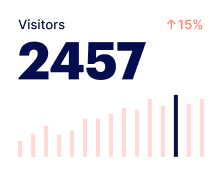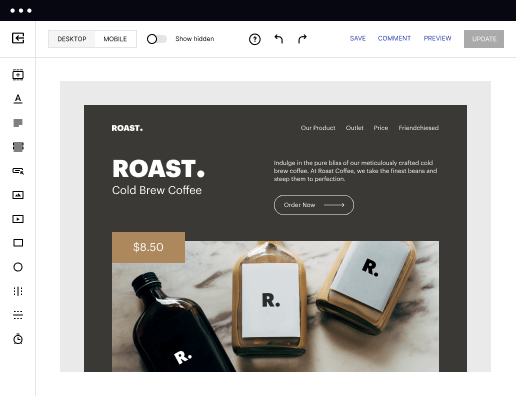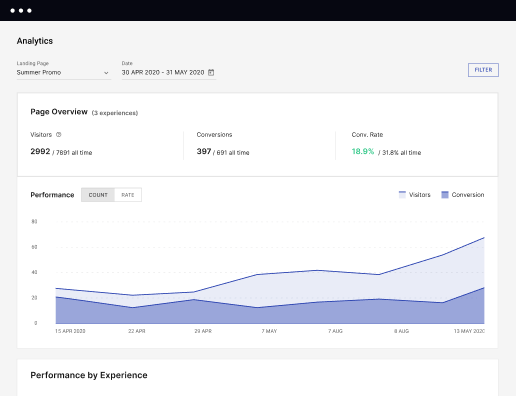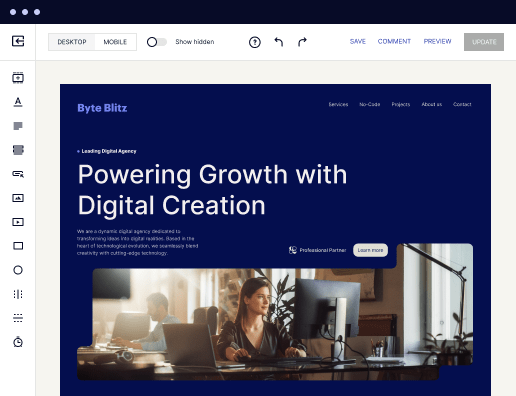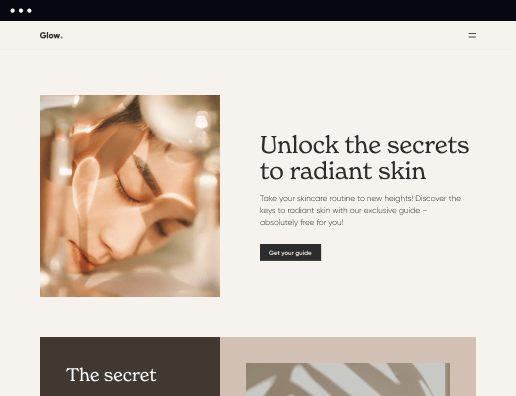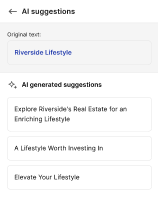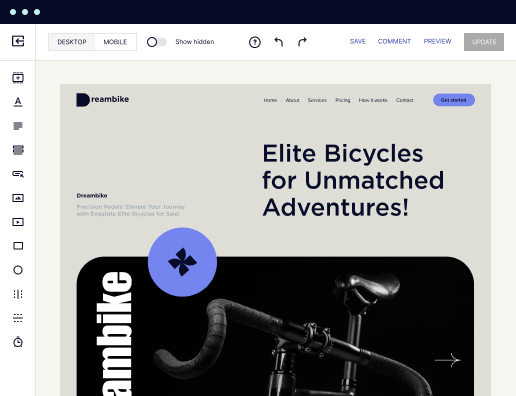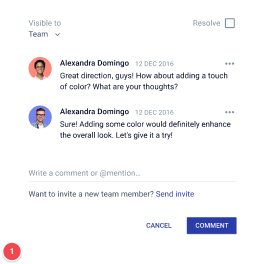Make your use case page optimized for Smartphone
Instapage empowers you to slash costs, skyrocket conversions, and deliver tailored experiences on Smartphone.
Create your use case page on Smartphone with Instapage
Creating a use case page on your smartphone can enhance user experience and bolster conversions. With Instapage's powerful landing page platform, marketers can easily design and optimize pages for mobile, ensuring that they resonate with audiences in real-time. This guide will walk you through the essential steps to create an effective mobile use case page that converts visitors into loyal customers.
Understanding the Importance of Mobile Use Case Pages
Mobile use case pages are tailored experiences that cater specifically to smartphone users. Given the substantial number of individuals accessing websites through mobile devices today, having a dedicated page can significantly improve interaction rates. Mobile-friendly pages built with Instapage streamline design, offering a seamless conversion path, thus fostering brand loyalty.
- User Experience: A mobile-friendly design enhances navigation and overall satisfaction for users accessing the page on smartphones.
- Higher Conversion Rates: Tailoring content specifically for mobile users can lead to increased conversions, driving sales and lead generation.
- Brand Trust: Providing a consistent experience across all devices boosts brand trust and customer loyalty.
Step 1: Choose a Conversion-Focused Template
Begin by selecting a template from Instapage’s library that suits your use case. Opt for designs that are proven to convert, focusing on clear calls to action and engaging visuals that resonate with mobile users.
Step 2: Customize Your Content for Mobile
It's essential to adjust your messaging for the mobile audience. The content should be concise yet informative, making sure to highlight the key points of your use case effectively.
- Keep Text Brief: Use simple language with short sentences to maintain engagement.
- Utilize Dynamic Text Replacement: Personalize the page using this feature to cater to distinct segments of your audience.
- Images and Videos: Incorporate visuals that explain your use case effectively, supporting quick understanding.
Step 3: Test and Optimize for Performance
Utilize Instapage’s built-in analytics and heatmaps to monitor user behavior on your page. This data allows you to identify areas for optimization, ensuring the page continues to perform well over time.
- A/B Testing: Regularly test different elements such as headlines, images, and CTAs to find the highest-performing combination.
- Heatmaps: Analyze how users interact with your page to pinpoint areas of improvement.
- Audience Segmentation: Use data tools to track performance across different audience segments for targeted adjustments.
By following these steps, you can efficiently create a compelling and conversion-oriented use case page optimized for smartphones using Instapage.
Ready to enhance your brand's digital presence with a mobile-optimized use case page? Start your journey with Instapage today!
Get more out of Create your use case page on Smartphone
Improve your Quality Score with quick load technology for landing pages
Increase conversions with content that aligns with your ads and audiences
Achieve maximum ROI by scaling your marketing initiatives
Leading the way in building high-performing landing pages





FAQs
See how to create your use case page on smartphone in action
Ready to skyrocket conversions?
Supercharge your ad campaigns with high-performing landing pages.
Get started
